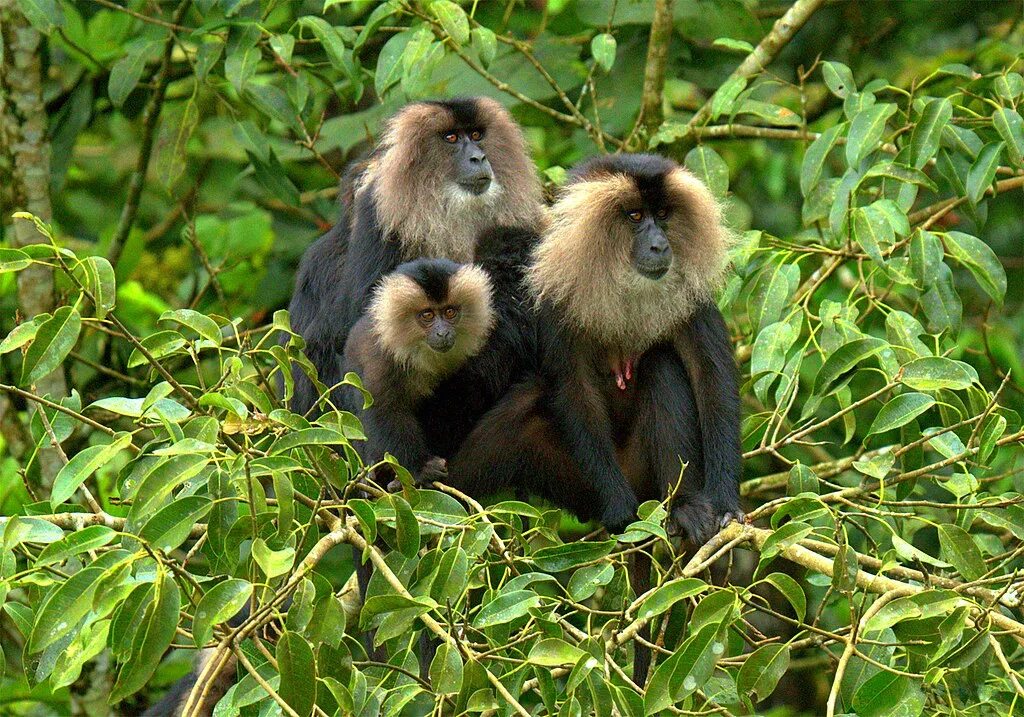Nestled amidst the enchanting landscapes of India’s southwestern region, Eravikulam National Park stands as a remarkable testament to the country’s rich biodiversity and natural wonders. This pristine sanctuary is not just a park; it’s an immersive experience that connects you with the beauty of nature in unique ways. Let’s embark on a journey to uncover the marvels of Eravikulam National Park, where every blade of grass tells a story.
What is Eravikulam National Park famous for?

Eravikulam National Park, located in the Idukki district of Kerala, is renowned for its stunning vistas of rolling hills and vibrant meadows. It’s famous as the home of the Nilgiri Tahr, an endangered mountain goat species that gracefully navigates the steep slopes of the Western Ghats. The park’s elevation ranges from 2,000 to 7,000 feet, making it a diverse habitat for a plethora of flora and fauna.
History of Eravikulam National Park
The history of Eravikulam National Park is a journey from a hunting ground to a haven of conservation. In the late 19th century, British planters used the area as a hunting ground, exploiting its abundant wildlife. However, as awareness about the need for preservation grew, the park’s fate transformed. In the 1970s, it was declared a sanctuary to protect its unique ecology. Eventually, in 1978, it earned the esteemed status of a national park. This transformation reflects the evolution of societal values towards environmental stewardship and a deep-rooted connection to nature.
Flora at Eravikulam National Park

The park’s vegetation changes with elevation, creating a unique array of landscapes. From the lush shola forests at lower altitudes to the vibrant grasslands and rolling hills at higher elevations, Eravikulam is a canvas of greenery. The shola forests are a mystical sight with their dense canopies and interplay of light and shadow. The grasslands, known as “kurinji” grasslands, transform into a sea of blue when the kurinji flowers bloom once every 12 years, a spectacle that draws nature enthusiasts from all corners of the world.
Among the various plant species found here, orchids and rhododendrons steal the show with their vibrant colors and intricate shapes. The kurinji flower, famous for its periodic blooming, is a symbol of the park’s cycle of life. These captivating blooms not only add to the park’s visual charm but also play a vital role in the ecosystem, attracting pollinators and supporting other species.
Fauna at Eravikulam National Park

Eravikulam’s biodiversity is a treasure trove for wildlife enthusiasts. Apart from the Nilgiri Tahr, you might spot Indian elephants, sambar deer, and exotic birds like the Nilgiri Wood Pigeon and the Black-and-Orange Flycatcher. The park is also home to the elusive and endangered Nilgiri Marten, a small carnivorous mammal that roams the high-altitude regions. This charming creature, with its glossy fur and agile movements, adds a touch of mystery to the park’s wildlife offerings. The presence of these diverse species underscores the importance of preserving such habitats.
The star of the show, the Nilgiri Tahr, is a true symbol of conservation success. With its curved horns and shaggy coat, it has become the poster child for Eravikulam. Thanks to dedicated efforts, the population of Nilgiri Tahrs has been on the rise, showcasing the positive impact of conservation measures.
Safari experience at Eravikulam National Park
Embarking on a safari through Eravikulam is a journey into the heart of nature’s realm. As you traverse the winding paths, you become a part of the landscape, breathing in the crisp air and absorbing the sights and sounds around you. The guided safaris are not just about spotting wildlife; they are an opportunity to witness life in its rawest form. The beauty lies not only in the majestic animals you encounter but also in the interconnectedness of every element in the ecosystem.
Imagine the thrill of seeing a Nilgiri Tahr gracefully navigating the rocky terrain or witnessing a playful Nilgiri Marten darting through the undergrowth. The safari guides share insights about the park’s inhabitants and their behaviors, enriching your understanding of the delicate balance that sustains this vibrant ecosystem. It’s a chance to appreciate the finer details, like the delicate dance of butterflies or the gentle rustle of leaves as a sambar deer strolls by.
How to reach Eravikulam National Park
Eravikulam National Park is easily accessible by air, rail, and road. The nearest airport is Cochin International Airport, approximately 108 kilometers away. If you prefer rail travel, Aluva Railway Station is the closest major station, situated around 120 kilometers from the park. The park is well-connected by road as well, with major cities like Munnar, Coimbatore, and Kochi being within a reasonable distance.
Accommodation at Eravikulam National Park
For those seeking a tranquil stay amidst nature’s splendor, there are several accommodation options near Eravikulam National Park. From cozy guesthouses to eco-friendly resorts, you’ll find choices that cater to various preferences. Staying near the park not only allows you to experience the dawn chorus of birds but also offers easy access to early morning safaris when wildlife activity is at its peak.
Best time to travel
The ideal time to visit Eravikulam National Park is from September to April when the weather is pleasant, and the park is open to visitors. During this period, the park’s flora is in full bloom, and you have a higher chance of spotting wildlife. The months of February and March are especially captivating as the kurinji flowers carpet the hillsides, creating a breathtaking sight.
Things to do

Eravikulam National Park offers a range of activities that cater to every traveler’s interests. Apart from the safari, you can indulge in trekking through the misty trails, exploring the Anamudi Peak, which is the highest peak in South India, or simply immersing yourself in the tranquility of the surroundings. As you walk amidst the vibrant flowers and listen to the songs of the birds, you’ll feel a sense of connection with nature like never before.
Interesting trivia about Eravikulam National Park

- The park was designated a UNESCO World Heritage Site in 2006 as part of the Western Ghats.
- It’s not just the Nilgiri Tahr that calls Eravikulam home; the park is also home to other rare species like the Gaur, Leopard, and Lion-Tailed Macaque.
- The Nilgiri Tahr has an impressive set of curved horns, and males are larger than females.
- The park’s shola grasslands play a crucial role in conserving water and preventing soil erosion in the region.
In conclusion, Eravikulam National Park is more than a geographical location; it’s a symphony of nature’s marvels that invites you to become a part of its story. From the historic evolution of a
hunting ground to a haven for conservation, from the vibrant flora that adorns its landscapes to the charismatic fauna that roams its trails, every aspect of the park narrates tales of resilience and coexistence. So, pack your bags and set forth on a journey to Eravikulam, where the magic of the mountains and the allure of the wilderness await your presence.
